Introduction
Pet cats (Felis catus) were domesticated from a species of wildcat called Felis silvestris lybica in the Middle East, nearly 10,000 years ago.1https://www.scientificamerican.com/article/the-taming-of-the-cat/ Even back then, people realised that cats make purr-fect companions. Since then, cat-lovers across the globe have been experiencing the love from their close friendship with cats and the joy given by a purring cat curled up on their lap.
Fascinating facts
Cat worshippers
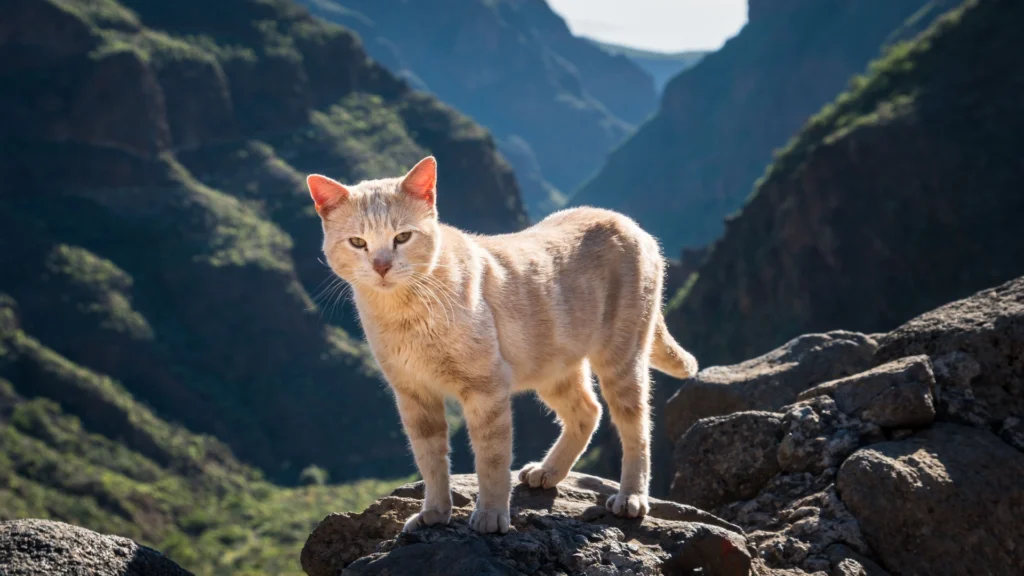
One of the earliest pieces of evidence of people keeping cats as pets comes from the Mediterranean island of Cyprus. The grave of a cat was found next to the grave of a person buried 9,500 years ago.1https://www.scientificamerican.com/article/the-taming-of-the-cat/ The ancient Egyptians worshipped cats, believing they were magical animals who brought good luck to whoever housed one.2https://kids.nationalgeographic.com/pages/article/cats-rule-in-ancient-egypt
Small but perfectly formed
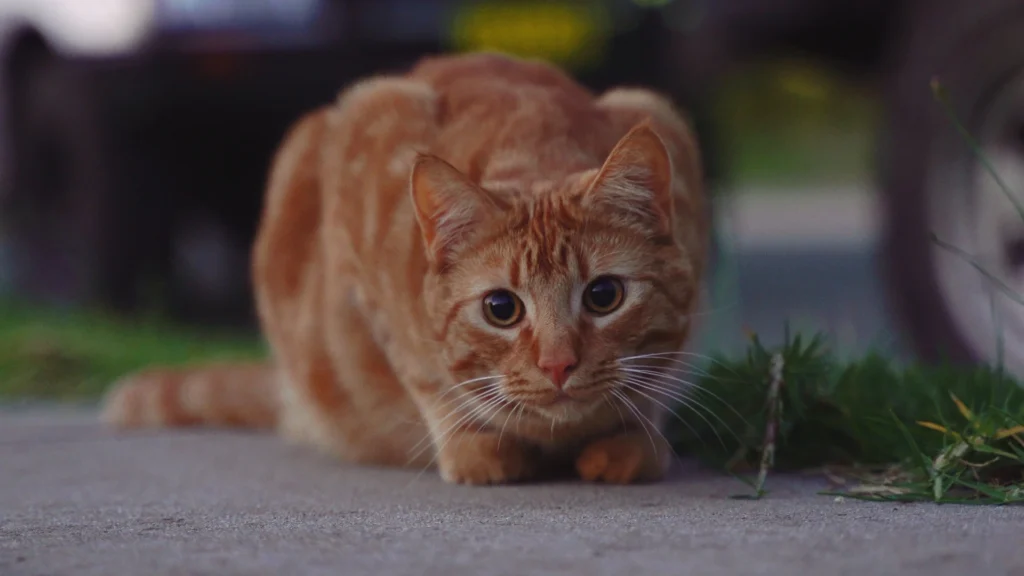
Domestic cats are the smallest member of the feline family but they share many similarities with the big cats. Like lions, leopards and cheetahs, they have distinctive fur markings, retractable claws, agile bodies, rough tongues, very sensitive whiskers, and large eyes with good night vision for hunting in the dark.3https://www.ifaw.org/animals/cats
Cats are one of the most popular pets in the world

There are approximately 600 million domesticated cats worldwide, but only just over a third (220 million) are kept as pets and sadly, the rest are strays.1https://www.scientificamerican.com/article/the-taming-of-the-cat/ Four hundred million domesticated cats live in Asia, with 58 million house cats in China.4https://a-z-animals.com/blog/how-many-cats-are-in-the-world/ The United States is also home to 58 million house cats, but sadly up to 100 million feral cats are living on the streets. There are around 11 million pet cats in the UK, bringing joy to the entire nation!4https://a-z-animals.com/blog/how-many-cats-are-in-the-world/
No sweet tooth
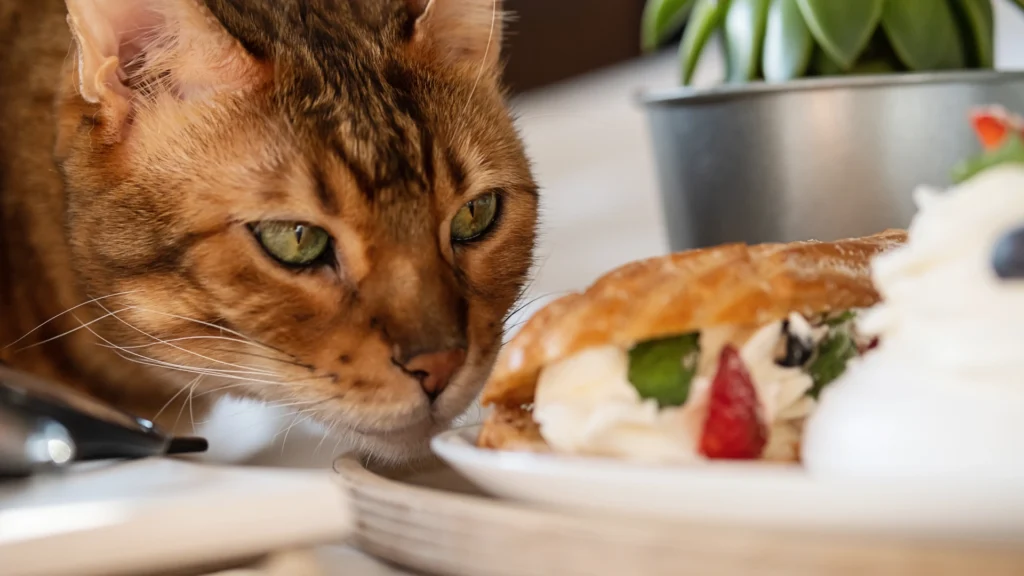
Cats only have 473 taste buds – which may sound like a lot but humans have 9,000 and dogs have 1,700.5https://www.petmd.com/cat/general-health/fun-facts-about-cats This might explain why cats are fussier eaters than dogs. Although cats can taste savoury, salty, bitter, and sour flavours, they can’t taste sweet things. But that means, unlike a dog, they won’t always be begging for your food!
Wonderful whiskers

A cat’s whiskers aren’t just for show, they are as sensitive as our fingertips. Although cats have excellent night vision, they are short sighted so use their whiskers to help them sense their environment during the day. Most cats have 12 whiskers arranged in four neat rows.5https://www.petmd.com/cat/general-health/fun-facts-about-cats
Cats are amazing climbers
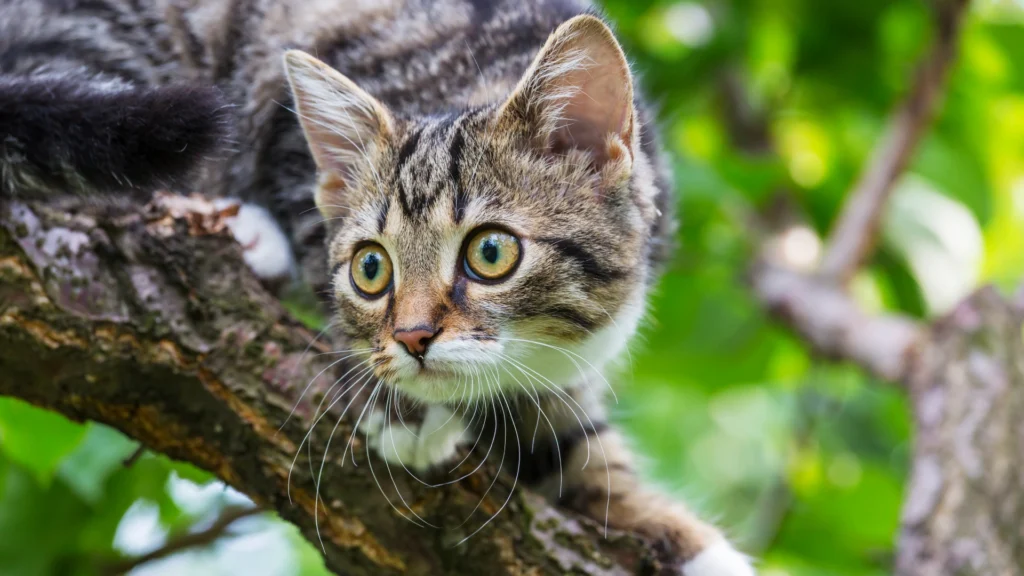
Cats’ sharp retractable claws and agile body make them world-class climbers. They have four toes with retractable claws and a dew claw, which is a cat’s version of our thumb. Cats can seemingly run straight up the trunk of a tree. Cats like to be high up so they can feel safe and see everything going on beneath them.
Nine lives

According to legend, a cat has nine lives: “A cat has nine lives. For three he plays, for three he strays, and for the last three he stays.” Unfortunately for cats, this is just a myth and like the rest of us, cats only have one precious life. The myth may have arose because cats are superb jumpers – they can jump six times their height using their strong back legs6https://www.hillspet.com/cat-care/resources/do-cats-really-have-nine-lives and their agility means they can twist their body in mid-air to land on their feet when they fall.7https://www.sciencefocus.com/nature/what-is-the-maximum-height-a-cat-can-fall-from-and-survive Cats have been known to fall from great heights and still survive, although they are not invincible and often need emergency veterinary treatment.
Tom and Molly
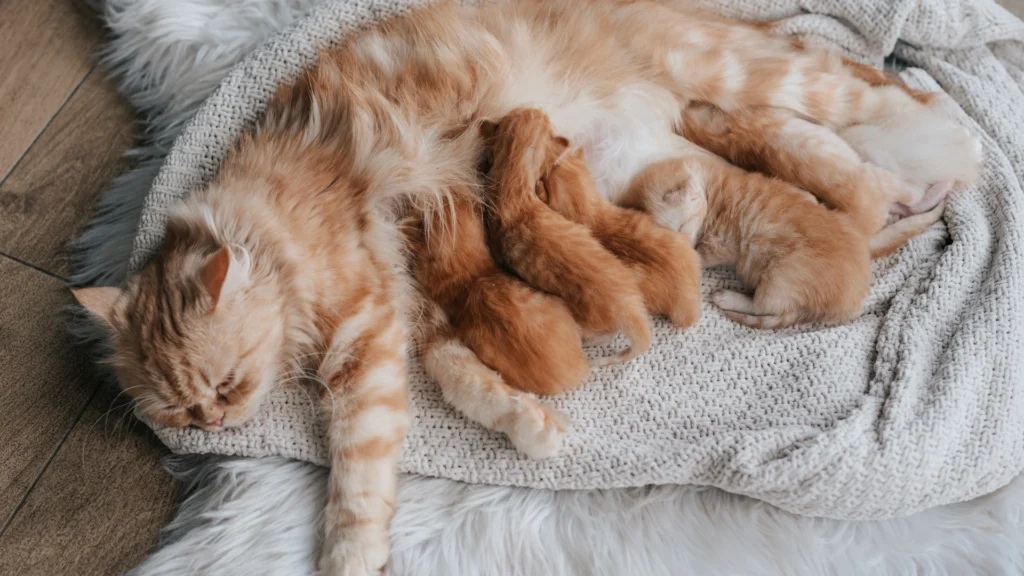
A male cat is called a tom or tomcat and a female is appropriately called a queen, or molly. Females can reproduce from four months old and come into season during the spring and summer.8https://www.ncbi.nlm.nih.gov/pmc/articles/PMC7158189/ Queens don’t just mate with any tom, and some cats dislike cats of other breeds. A pregnancy lasts around 65 days and the mother usually gives birth to three to five cute little kittens.8https://www.ncbi.nlm.nih.gov/pmc/articles/PMC7158189/
Caring for her kittens
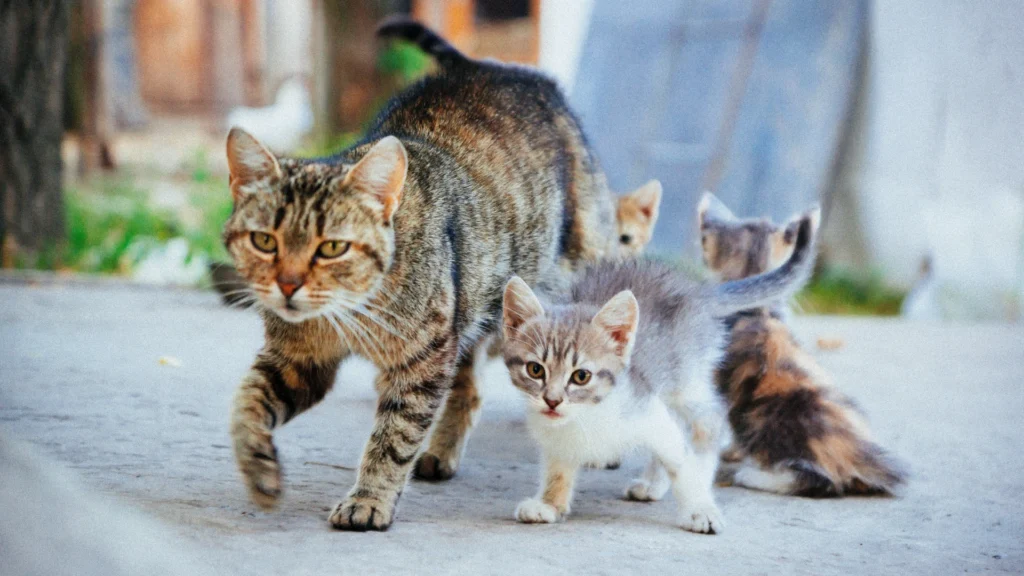
The dad cat usually doesn’t help mum take care of the kittens. Mum will start nursing her kittens one or two hours after birth. At first, mum will encourage and teach the kittens how to feed, but after two or three weeks, when their eyes open, they will suckle from her whenever they feel hungry. The mother will also spend a lot of time licking and grooming her kittens to keep them and the nest clean.9https://www.austintexas.gov/sites/default/files/files/Animal_Services/Foster_Care_Manual/NURSING_MOTHER_CATS_AND_KITTENS.pdf
Clever communicators

A cat’s cry sounds very similar to a human baby’s, and researchers don’t think this is a coincidence. The researchers suspect that cats have figured out that they get a better response from us when they call to us mimicking a baby. For example, when they want feeding, their meow sounds similar to a hungry baby, “cashing in on human’s naturally nurturing response to a baby’s cry.”10https://www.scientificamerican.com/blog/news-blog/the-manipulative-meow-cats-learn-to-2009-07-13/
The love cats
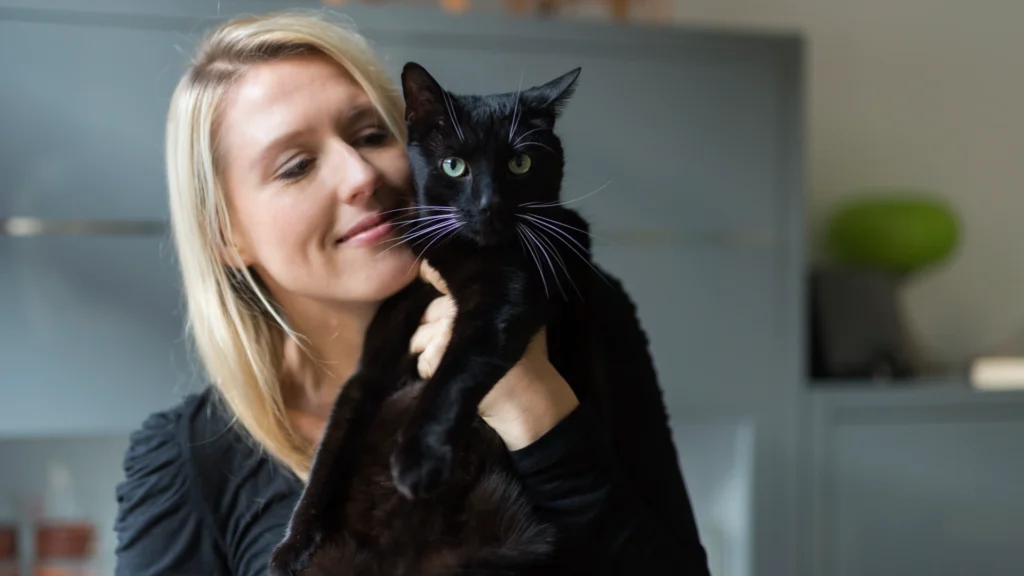
Having a cat around the house does wonders for our mental health. When we stroke a cat (or any companion animal) our stress hormone (cortisol) lowers and our love hormone (oxytocin) increases. This is why it feels so good to cuddle up to a furry friend. The calming power of cats makes them great therapy animals, helping to relieve anxiety, depression, loneliness and PTSD.11https://www.akcreunite.org/catsimprovementalhealth/
The purr-fect medicine

Cats aren’t just good for our mental health, they can even help to heal physical illnesses. The frequency at which a cat purrs has been proven to be medically therapeutic for illnesses in people.11https://www.akcreunite.org/catsimprovementalhealth/ The powers of a purring cat not only lower our blood pressure, helping to prevent heart attacks, but the purr can even help infections clear up and broken bones heal!
Cats in Uganda
It’s not just the big cats who are having a hard time in Uganda. Small, domesticated cats also face many challenges as a lot of Ugandans hold the archaic and unjustified belief that cats are evil demons who bring disease and misfortune wherever they go. For this reason, rather than stop to pet a cute little cat in the street, the passer-by is more likely to pick up a stone and hurl it at the innocent feline. Sadly, cat poisoning, stoning and even burning is common in Uganda.12https://globalpressjournal.com/africa/uganda/cats-bad-rap-hopes-change/
Although some animal welfarists are trying to change the out-dated perception of cats in Uganda12https://globalpressjournal.com/africa/uganda/cats-bad-rap-hopes-change/, it is very rare for cats to be kept as pets. Those who aren’t put off by the superstitions might keep cats as a form of pest control – to keep the mice and rats at bay – but don’t show the cats any affection. As far as they are concerned, they are still disease-ridden and dangerous.
Life on the streets
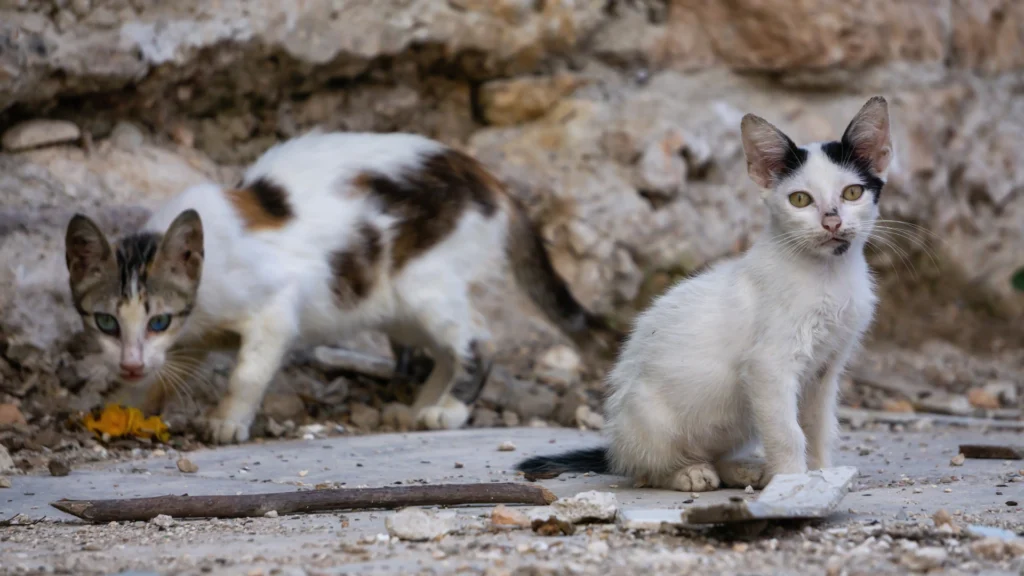
Because no regard is shown for the wellbeing of cats, there are thousands of strays in Uganda. Every day they struggle to find enough food and water, and avoid the persecution of humans. Most cats are not spayed or neutered so countless kittens are born into a traumatic life on the streets. Unless a cat is one of the lucky few who find themselves saved by a rescue centre and adopted by a caring cat-lover, they do not receive any vaccinations or parasite treatment. They must cope with fleas, ticks and, most notably, rabies. When they are inevitably injured or become ill, they are susceptible to infection and a painful death.
Purr-secuted
Rather than find homes for stray cats, the city councils carry out scheduled killings. For example, in November 2022, residents of Wakiso were advised to keep their pets indoors as dogs and cats found loitering in the street would be killed.13https://www.oipa.org/international/killing-of-strays-wakiso-uganda-oipa-writes-to-town-council/
City councils across Uganda routinely lay poison for stray cats and dogs in a cruel and flawed attempt to control their numbers. Strychnine poisoning causes muscle spasms and cramps, agitation, heightened awareness and responsiveness, eventually leading to respiratory failure and death. It is an unbelievably painful way to die.
Through education, children can learn that cats are not to be feared or mistreated but should be respected and can become loving companions. It is time for harmful superstitions to be replaced by compassion and kindness for all living beings. In order to ensure that more cats do not end up suffering on the streets, the city councils need to implement spaying and neutering programmes rather than merciless killing.14https://networkforanimals.org/how-you-can-help/kenya-kspca-mass-sterilisation-june-2023/ Cats – big and small – need our compassion!
References
References
- 1
- 2
- 3
- 4
- 5
- 6
- 7
- 8
- 9
- 10
- 11
- 12
- 13
- 14

